Hiddensee, the car-free island in the German Baltic Sea, is just a three-and-a-half hour (public) train (or 2:50 hours by express train) journey and a 90-minute ferry ride away from Berlin, making it the ideal little weekend getaway from Germany’s 3.6 million capital. It offers the perfect opportunity to detox, slow down, and explore its beaches, heathlands, and cliff coasts. Allow me to introduce you to beautiful Hiddensee.
Hiddensee is the neighbouring island of Rügen in Northern Germany. The island is 17km (10.6 mi) long and is only around 250m (820 ft) wide at its narrowest point. Approximately 1,000 residents live in the four districts of the island: Kloster, Grieben, Vitte, and Neuendorf. Apart from Grieben, each district has its own ferry stop from where you can start your expedition. Within these four locations, you can find a few stores, restaurants, and supermarkets; while in between the small towns, you will be enveloped by nature.
One special fact about Hiddensee is its prohibition on cars. There is public transport, a horse carriage or plenty of bicycle rental shops available if you wish to traverse the island.
Between heathlands, beaches, and cliff coasts
The charm of Hiddensee lies in its wide beaches, colourful heathlands (especially during the summer months), cliff coasts, lighthouses (a larger one in the North and a smaller one in the South), and endless views – Northern Germany’s flat terrain is ideal for bicycle tours. During our bike tour, we found some cute umanned stalls selling art and homemade products such as marmalade. These stalls operate on an honor system, with an unattended cash register relying on trust.
The tree parts of Hiddensee
The island is divided into three parts. In the northern part, you will find the cliff coast up to 60m (197 ft) high, crowned by the landmark lighthouse Dornbusch, named after the area. Situated in the heart of Hiddensee is the lowland featuring expansive sandy beaches and dune heath. The heathlands cover an area of up to 75 hectares (185 acres) and have been a protected area since 1964. This area blooms beautifully in August and September, and making it therefore the best time to visit. The third and lowest point of the island is inaccessible to visitors as it serves as a protected area for birds.
How to reach Hiddensee
The ferry to Hiddensee departs from four different harbours. Coming from the south, the easiest option is to take the ferry from Stralsund, which operates year-round. However, ferries also depart from Dranske, Wiek, and Schaprode on Hiddensee’s neighbouring island Rügen but only during the season.
For those coming from Berlin, you can take a direct train( RE3) to Stralsund, which takes approximately 3 hours 15 minutes, then catch a ferry from the harbour, adding another 1.5 hours to reach Neuendorf.
Hiddensee has three different harbours: Kloster in the north, Vitte in the middle, and Neuendorf in the south.
An extra tip for travellers with the Germany-Ticket: you can utilize the ferry from Schaprode (Rügen) for only 4 € one-way (you only need to pay the reservation and curtax fee) by taking the Warnow-Fähre.
You have read the blog post Exploring Hiddensee: Beaches, Heathlands, and Cliff Coasts at the Baltic Sea on My Travel Journal-Blog.










































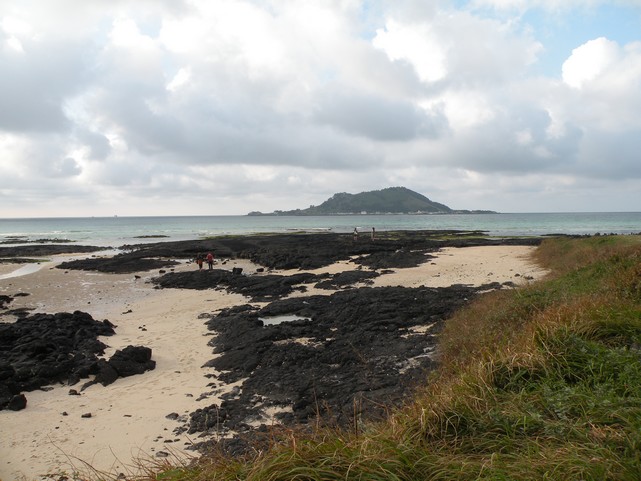



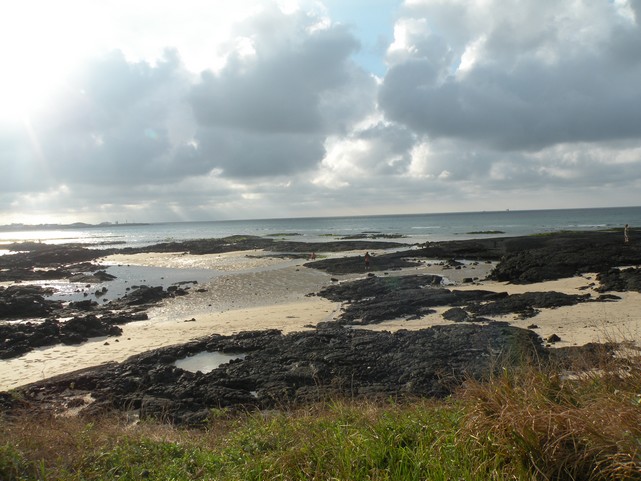





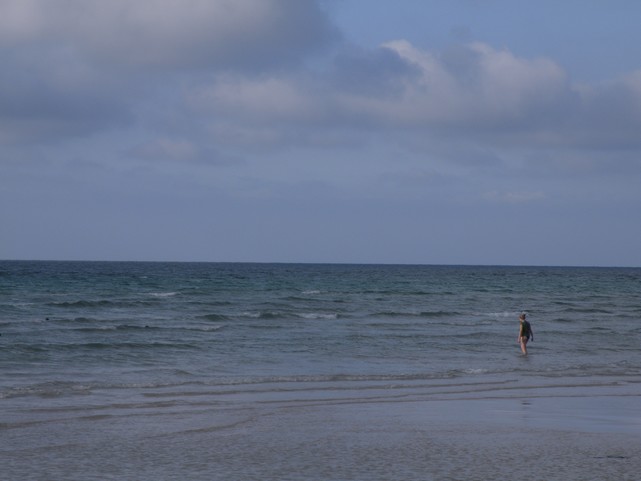


 Besucher bekommen die Möglichkeit kleine Papageien zu füttern, sowie hübsche Pfauen und Straußen im „Bird Garden“ (Vogelgarten) zu sehen. Hierbei ist einigen Vögeln auch das freie Bewegen im Park gestattet. Im „Subtropical Garden“ (Subtropischer Garten) leben verschiedene Tiere wie Schildkröten, Schlangen und Eidechsen. Ich finde zwar gut, dass die Vögel sich frei bewegen können. Allerdings – und ich möchte damit nun wirklich keine lange und ermüdende Diskussion auslösen – allerdings hatte ich das Gefühl, dass die Terrarien in den Subtropischen Gärten etwas zu klein für ihre Bewohner sind. Das finde ich wirklich schade, zumal die Gärten ansonsten wirklich schön sind und ich glaube, dass Besucher diese noch mehr genießen könnten, wenn sie wüssten, dass es den Tieren auch wirklich gut dort geht (ohne zu viele Unterstellungen machen zu wollen).
Besucher bekommen die Möglichkeit kleine Papageien zu füttern, sowie hübsche Pfauen und Straußen im „Bird Garden“ (Vogelgarten) zu sehen. Hierbei ist einigen Vögeln auch das freie Bewegen im Park gestattet. Im „Subtropical Garden“ (Subtropischer Garten) leben verschiedene Tiere wie Schildkröten, Schlangen und Eidechsen. Ich finde zwar gut, dass die Vögel sich frei bewegen können. Allerdings – und ich möchte damit nun wirklich keine lange und ermüdende Diskussion auslösen – allerdings hatte ich das Gefühl, dass die Terrarien in den Subtropischen Gärten etwas zu klein für ihre Bewohner sind. Das finde ich wirklich schade, zumal die Gärten ansonsten wirklich schön sind und ich glaube, dass Besucher diese noch mehr genießen könnten, wenn sie wüssten, dass es den Tieren auch wirklich gut dort geht (ohne zu viele Unterstellungen machen zu wollen).







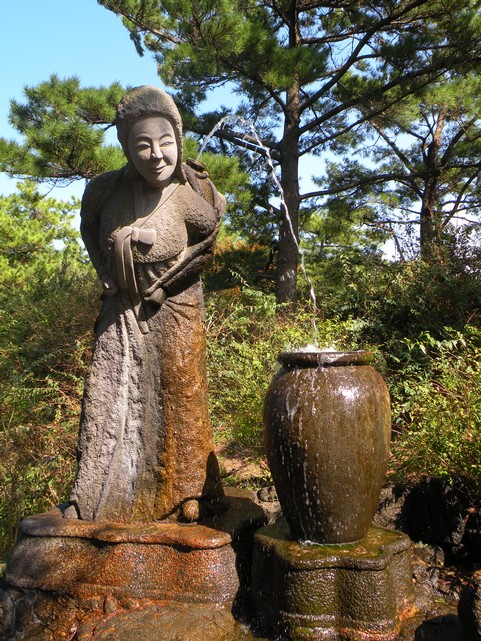



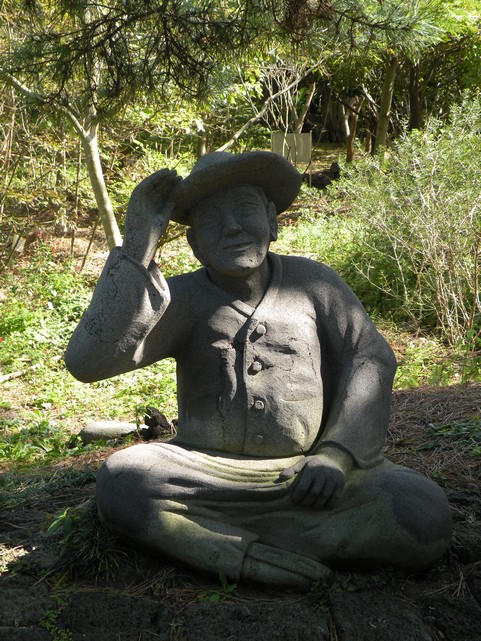







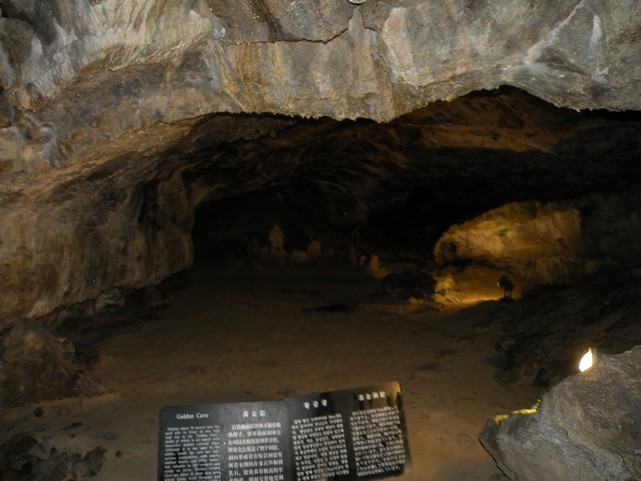





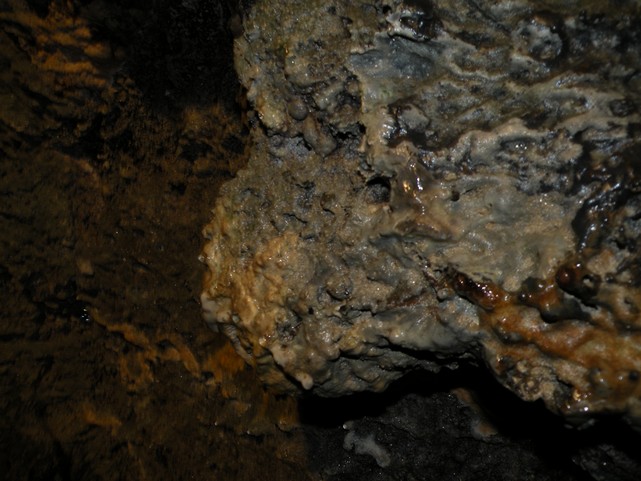

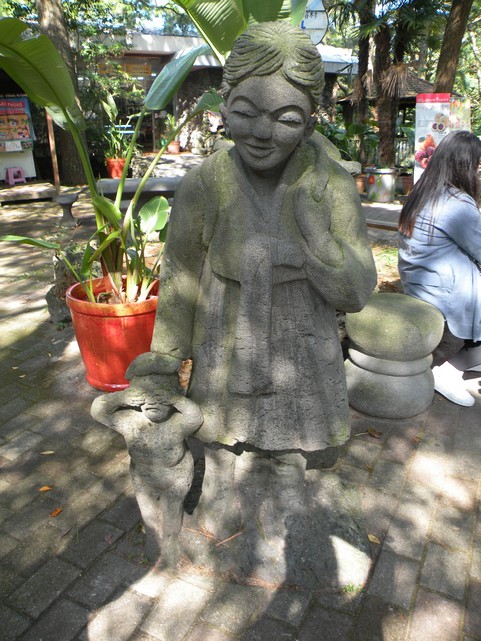



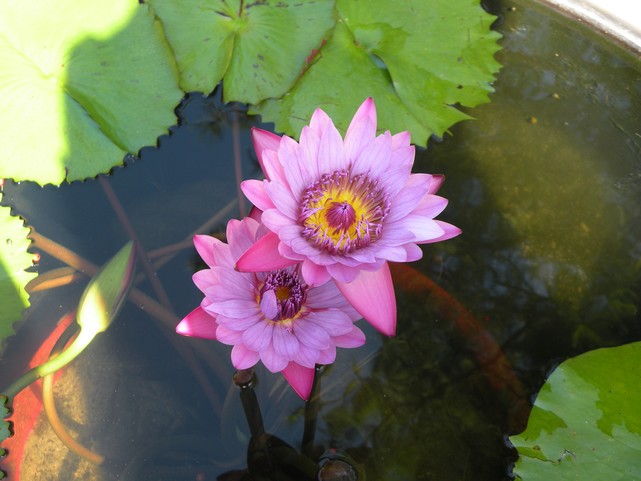





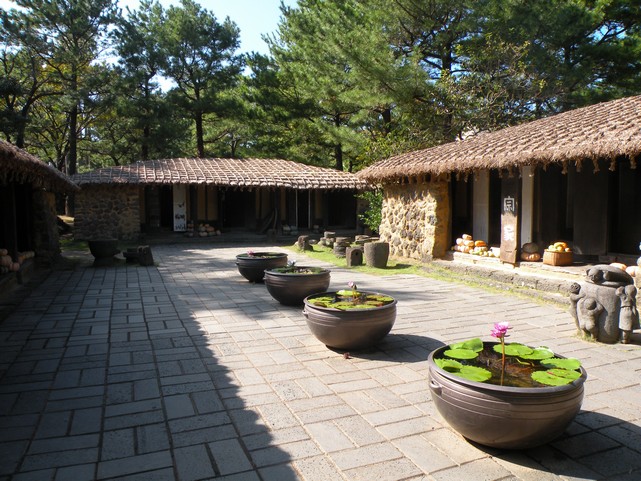





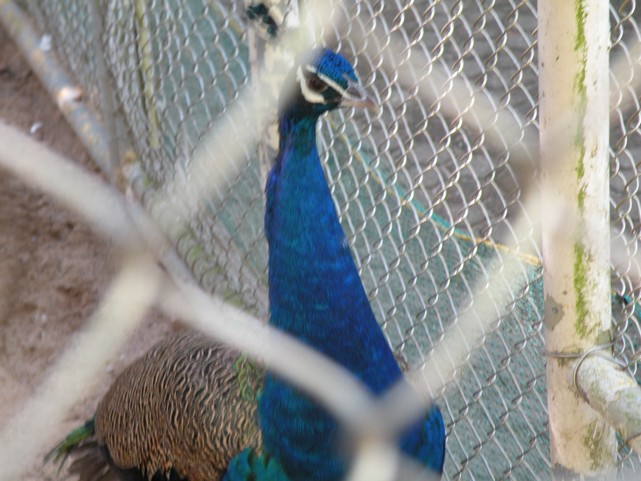





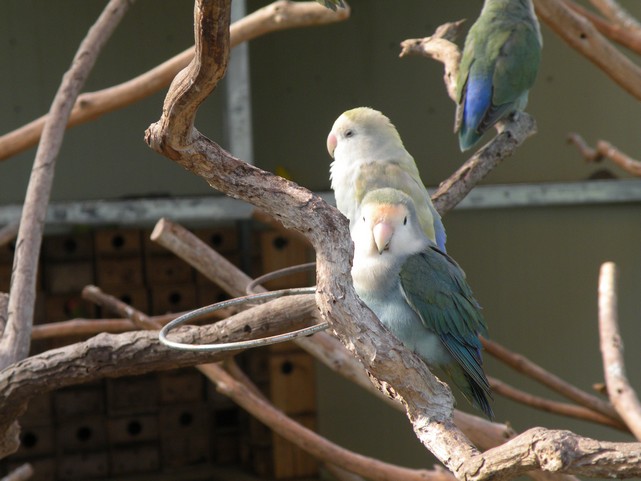

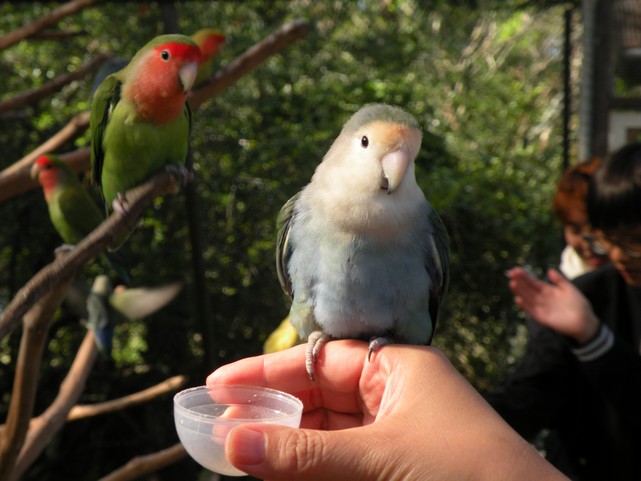

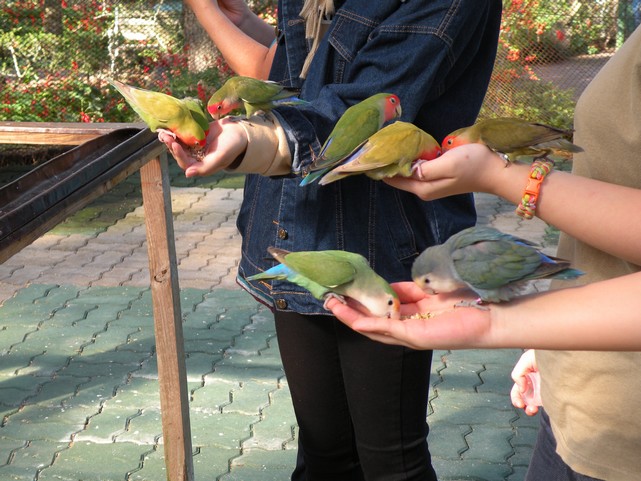

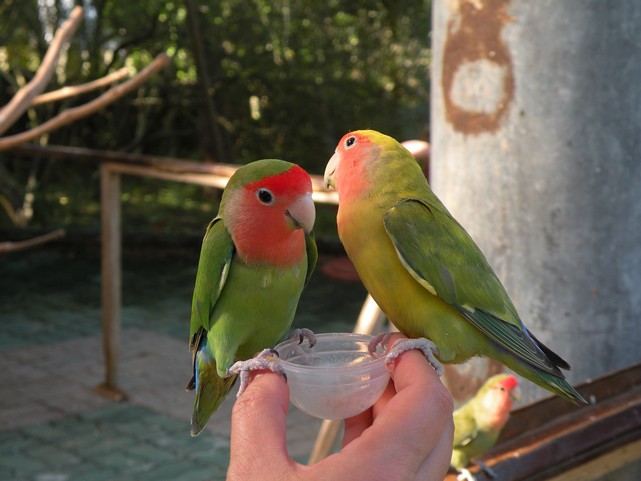

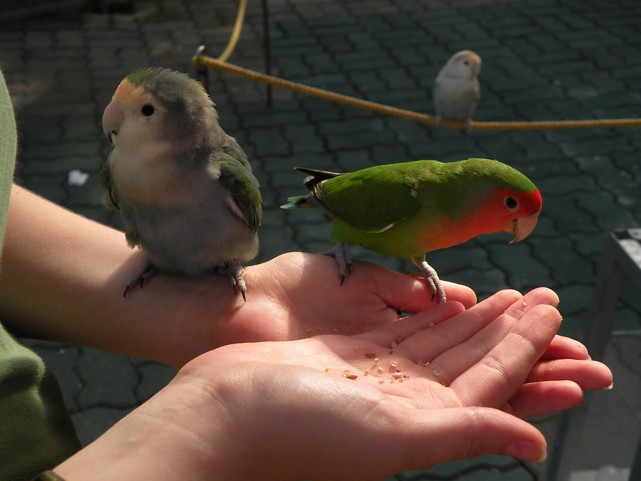





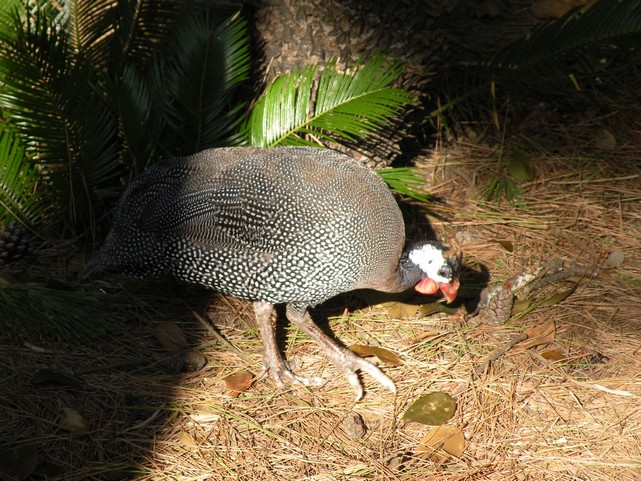







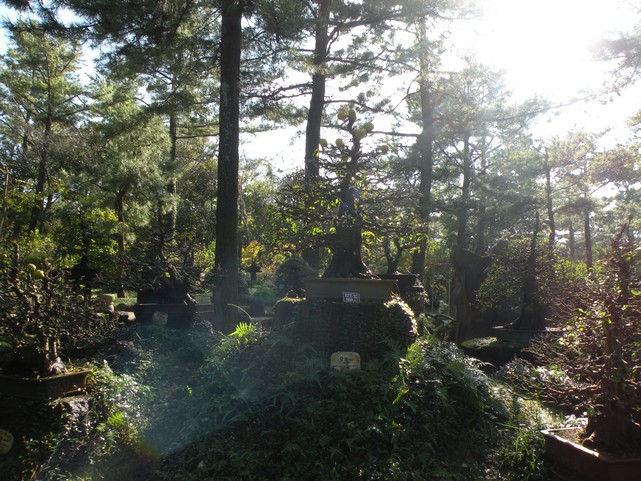





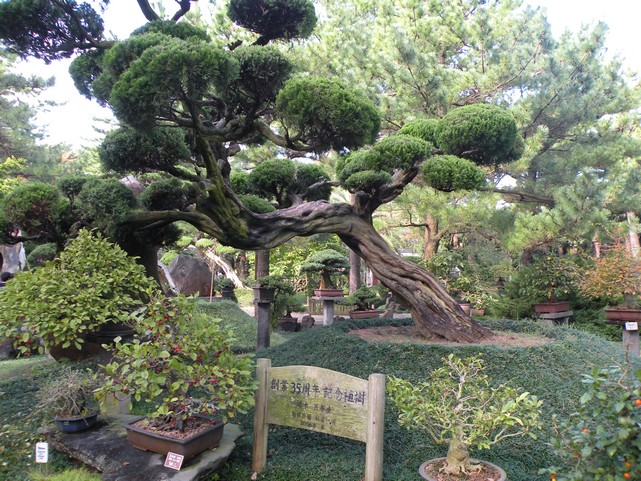

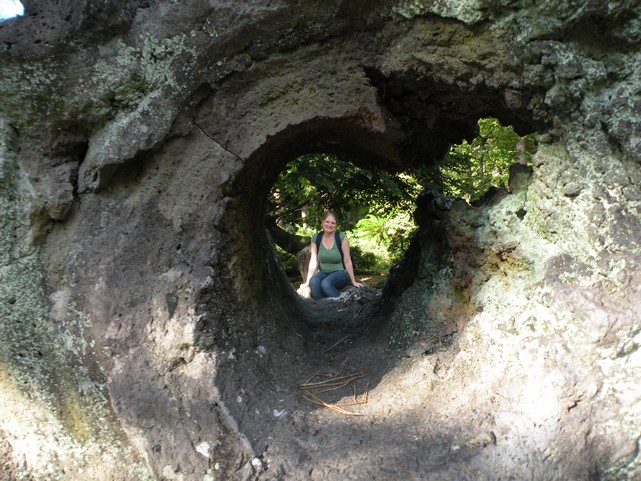



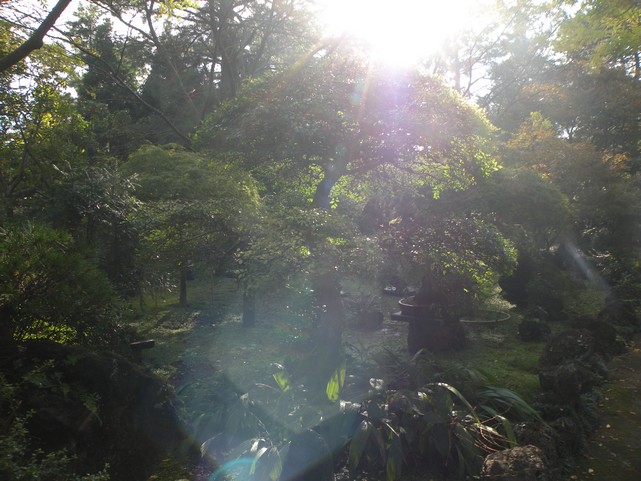







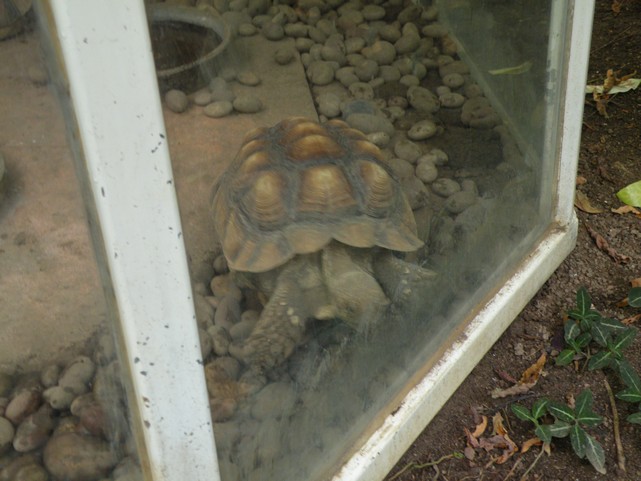

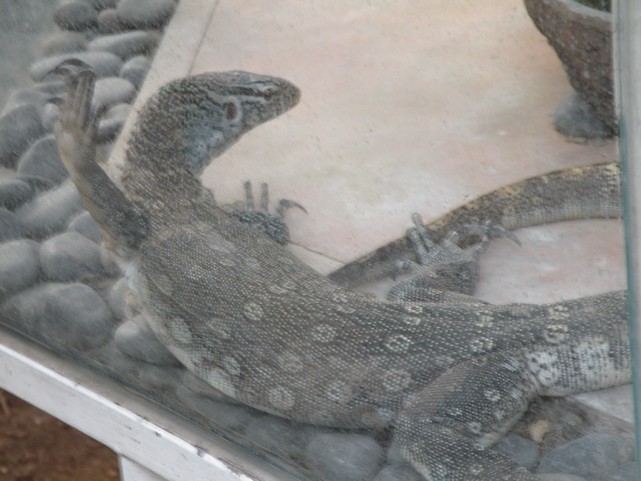





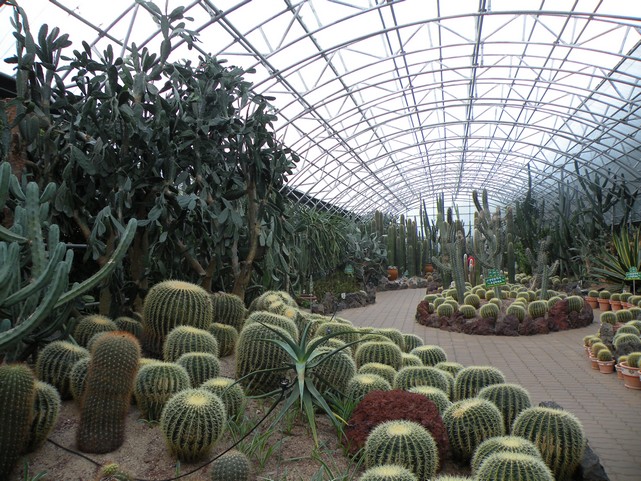

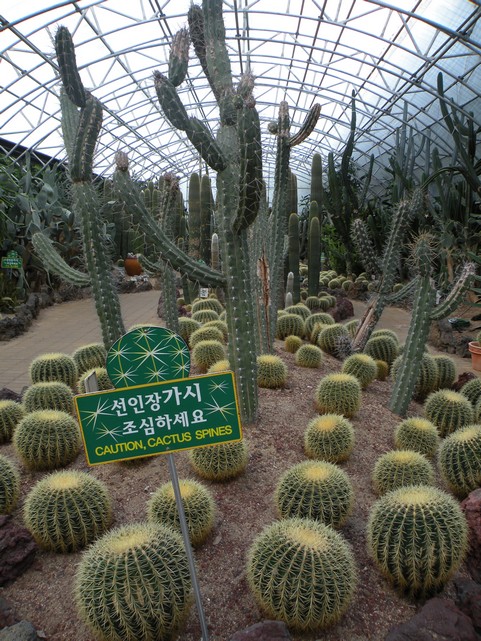

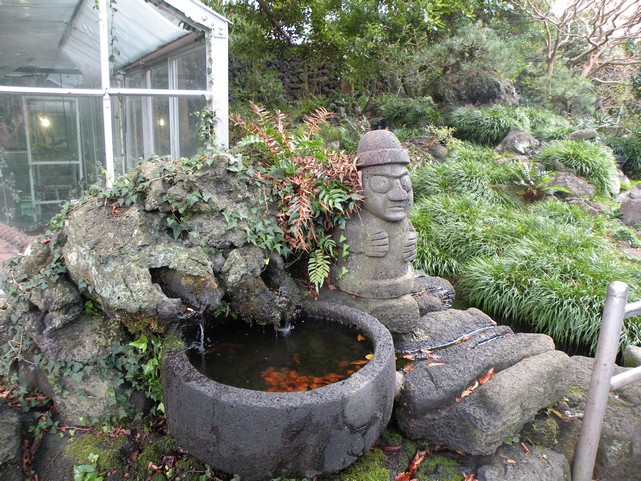



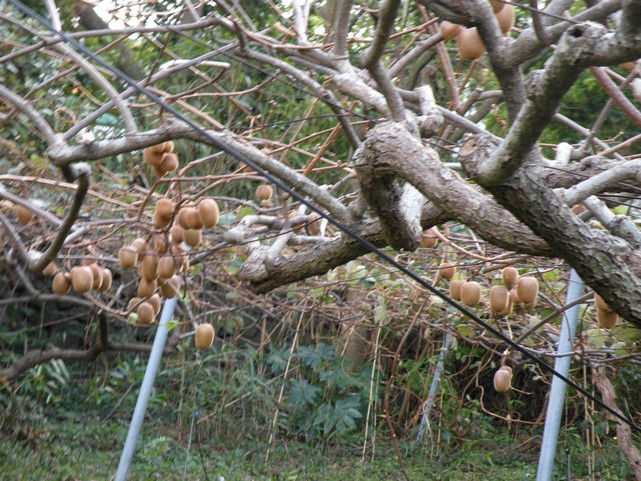

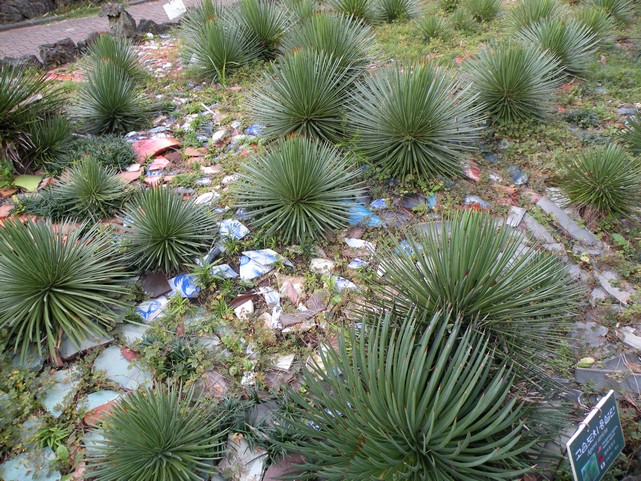







 fast drei Stunden in dem Park, ich habe anfangs wirklich die Größe unterschätzt. Der Eintritt hat 10.000 Won (~8€) gekostet. Ich würde den Park weiter empfehlen, da er wirklich sehr hübsch ist, es Spaß gemacht hat und interessant war, sich die ganzen Pflanzen und Tiere anzuschauen. Meine Highlights waren das Füttern der kleinen Papageien, die Allee mit den kleinen Großvätern am Beginn der „Wild grass & Flower garden“ (Wildgras- & Blumengarten), aber auch der „Bonsai Garden“ (Bonsaigarten) mit den kleinen Bäumen, welche schon mehrere hundert Jahre alt sind, die „Palm Tree Avenue“ (Palmen Allee) und die kleinen Häuser des „Jae-Am Folk Village“.
fast drei Stunden in dem Park, ich habe anfangs wirklich die Größe unterschätzt. Der Eintritt hat 10.000 Won (~8€) gekostet. Ich würde den Park weiter empfehlen, da er wirklich sehr hübsch ist, es Spaß gemacht hat und interessant war, sich die ganzen Pflanzen und Tiere anzuschauen. Meine Highlights waren das Füttern der kleinen Papageien, die Allee mit den kleinen Großvätern am Beginn der „Wild grass & Flower garden“ (Wildgras- & Blumengarten), aber auch der „Bonsai Garden“ (Bonsaigarten) mit den kleinen Bäumen, welche schon mehrere hundert Jahre alt sind, die „Palm Tree Avenue“ (Palmen Allee) und die kleinen Häuser des „Jae-Am Folk Village“. welche aussehen, als wären sie aus irgendwelchen Hochglanzmagazinen gestohlen worden. Ja, mit diesem Satz meinte ich den Hyeopjae Strand im Westen von Jeju. Allerdings weiß ich nicht, wie voll der Strand in der Hochsaison ist, da wir dort Mitte Oktober waren. Die Küste ist etwa neun Kilometer lang, hat hübschen, weißen Sand und Gestein aus erloschener Lava. Das Wasser ist für sehr lange Zeit sehr flach, wenn man hinein läuft. Allerdings ist Schwimmen wohl nur mit einem Rettungsschwimmer in der Hochsaison erlaubt.
welche aussehen, als wären sie aus irgendwelchen Hochglanzmagazinen gestohlen worden. Ja, mit diesem Satz meinte ich den Hyeopjae Strand im Westen von Jeju. Allerdings weiß ich nicht, wie voll der Strand in der Hochsaison ist, da wir dort Mitte Oktober waren. Die Küste ist etwa neun Kilometer lang, hat hübschen, weißen Sand und Gestein aus erloschener Lava. Das Wasser ist für sehr lange Zeit sehr flach, wenn man hinein läuft. Allerdings ist Schwimmen wohl nur mit einem Rettungsschwimmer in der Hochsaison erlaubt.